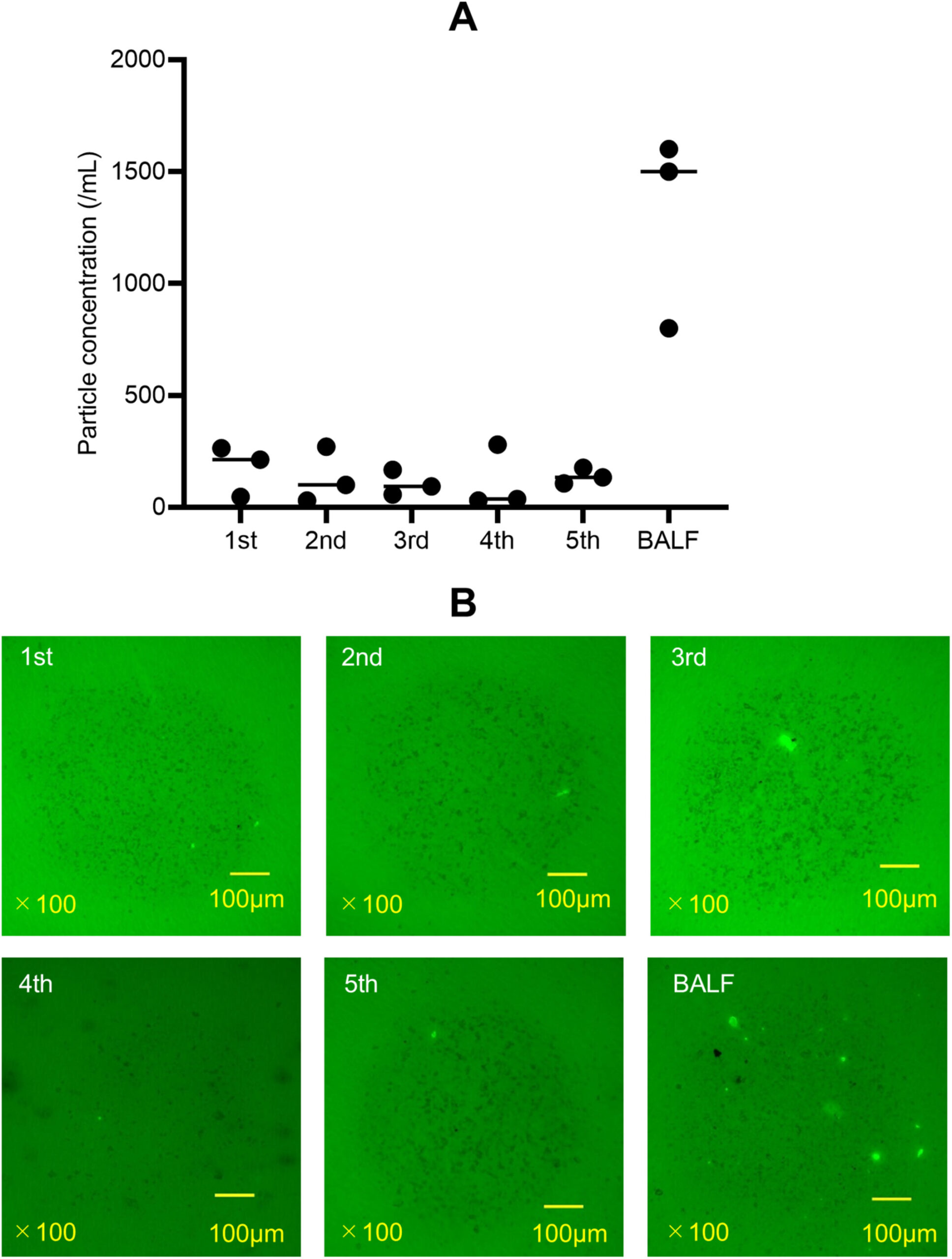
Education&ScienceEducational Articles
Educational Articles
Microplastics in Human Bronchoalveolar Lavage Fluid
December 2025
Authors: Takatomo Tokito, Takashi Kido, Osamu Nagafuchi, Koichi Tomoshige, Koyomi Nakazawa, Ken'ichi Shinozuka, Shuntaro Sato, Kumiko Kido, Yasuko Noguchi, Takamune Matsumoto, Satoshi Mizoguchi, Ritsuko Murakami, Hirokazu Yura, Hiroshi Ishimoto, Takahiro Takazono, Noriho Sakamoto, Yuji Ishimatsu, Yoshimasa Tanaka, Keitaro Matsumoto, Takeshi Nagayasu, Hiroshi Mukae

Comment by Mark Lavercombe: There has been widespread media interest in the impact of microplastics in recent years and, in this study, the authors demonstrate a novel approach to determining microplastic concentration in the lung using bronchoalveolar lavage. Lavage samples from fourteen patients undergoing bronchoscopy for diffuse lung disease were examined, along with 50ml of saline injected into the bronchoscope before their procedure as a control. After Nile Red staining, the samples were examined using spectroscopy to identify the presence and type of microplastic(s) in each sample. All samples stained with Nile Red demonstrated particles suspicious for microplastic, at least 73% of those particles were confirmed as plastic using spectroscopy, and over 80% of those had a diameter smaller than 10 μm. Ongoing development of analytic techniques and further study might help to elucidate their significance.
Medical Education Editor for Respirology
Dr Mark Lavercombe was appointed in this specialist editor role in 2021 to further expand and strengthen Respirology’s contribution to medical education.
Located in Melbourne, Australia, he works as a clinician in respiratory health and sleep disorders at Western Health and is affiliated with The University of Melbourne as a distinguished expert in medical education.
He became a member of our Editorial Board in 2016 with the responsibility of selecting new Respirology publications with educational value, which has grown into a curated article selection featured on this page, as a benefit to APSR members.
Dr Lavercombe also authors a column in Respirology on his most recent choices and their specific value to continued medical education for our readers around the world.




